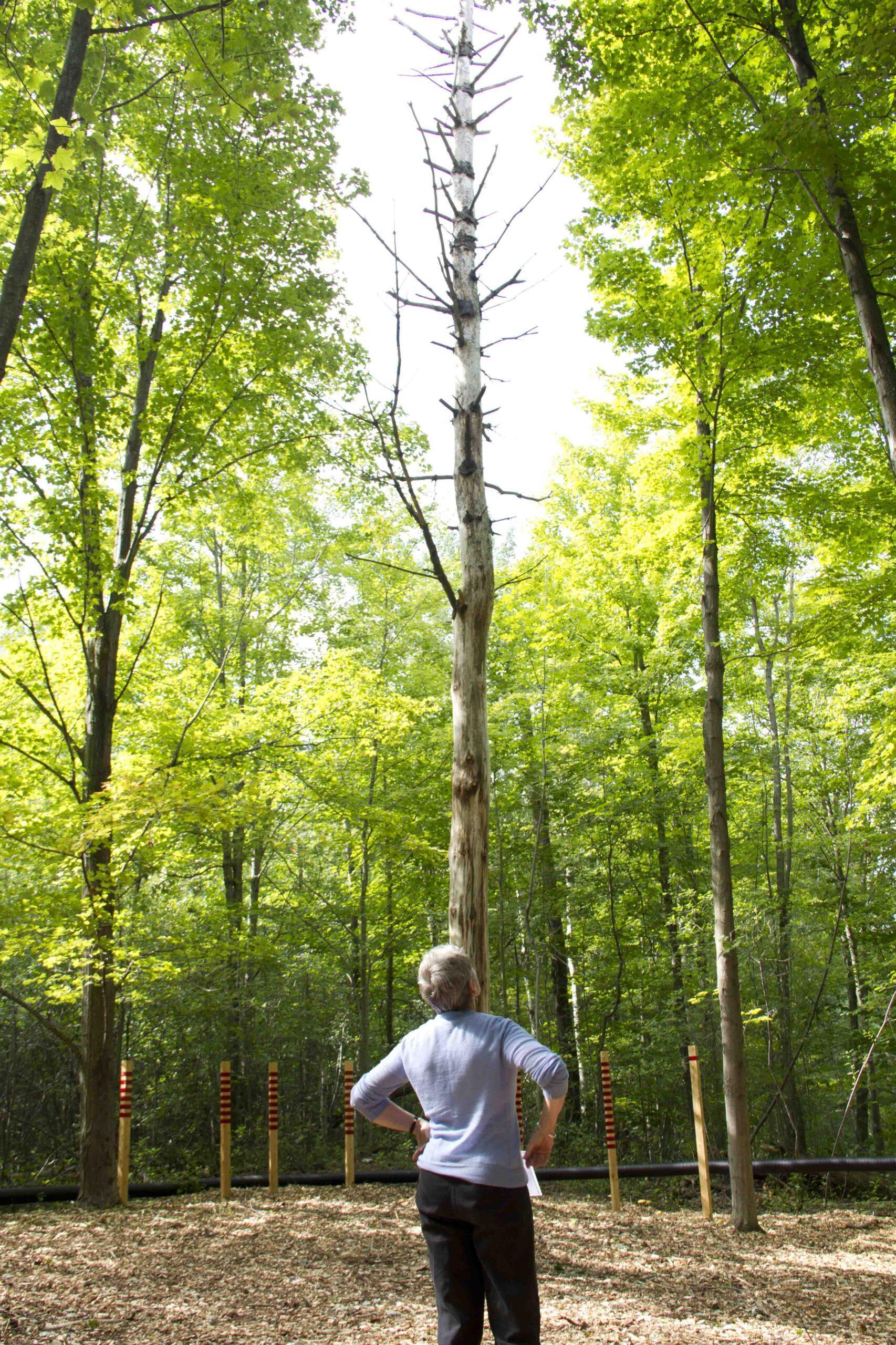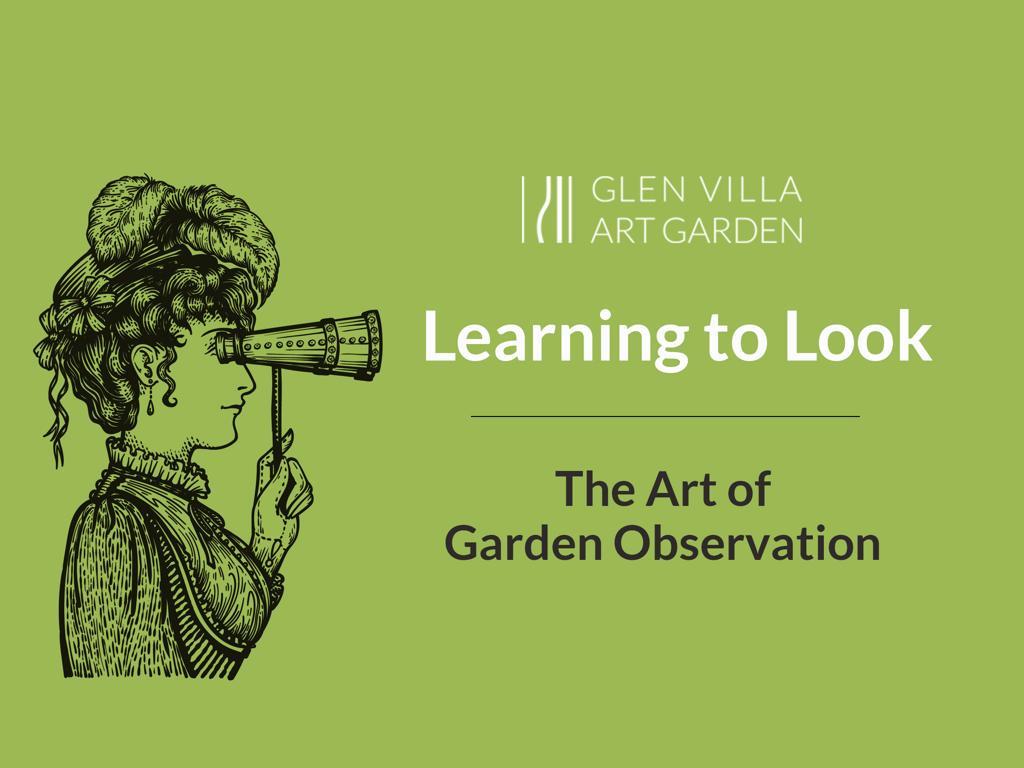I rarely share links with other websites, whether garden related or not. But this morning, I read an article that I found truly thought-provoking.
It is called “Head (and eyes) in the clouds” and appears on the Substack blog, Why It Works. Written by Chris Young, landscape designer and consultant and former editor of The Garden, the Royal Horticultural Society’s magazine, the piece analyses a design by Tom Stuart-Smith. Here’s the link to the piece.
Why did the article work for me? Because it was insightful and specific. And more than that, because it made me think.
Young focused his analysis on how large blocks of molinia and straight-lined paving at a garden called Cogshall contrasted with cloud-pruned hornbeams. As Young points out, the horizontal lines of the plants and pavement draw eyes outward and the hornbeams, rising to the sky, draw them up.
What I liked best about the article, though, were the questions at the end. Did I like the cloud-pruned trees? What about the mass of molinia? These questions forced me to stop and assess my own responses to the design.

A friend looks skyward, toward the top of a dead tree that once was the centrepiece of an installation at Glen Villa Art Garden. When the tree fell, I replaced it with a large stone boulder.
Taking time to analyze our response to any and all designs is an idea I cover in one of the talks I give, called Learning to Look: the Art of Garden Observation. I’ll be presenting this talk in early March to the Sudbury, Massachusetts Garden Club and I’d be happy to discuss presenting it to your group as well, whether in person or on line. Simply get in touch via the contact form on this website to discuss topics and times.

In the meantime, take a few minutes to read Chris Young’s article. Think about your reactions to the design, to the choice of plants, to the way the pieces work together. What do you like, and why? Taking the time to analyze our responses is step one in understanding gardens and garden design; acting on our response is step 2. Doing both not only hones our skills as garden makers, it helps us to make our gardens better.




